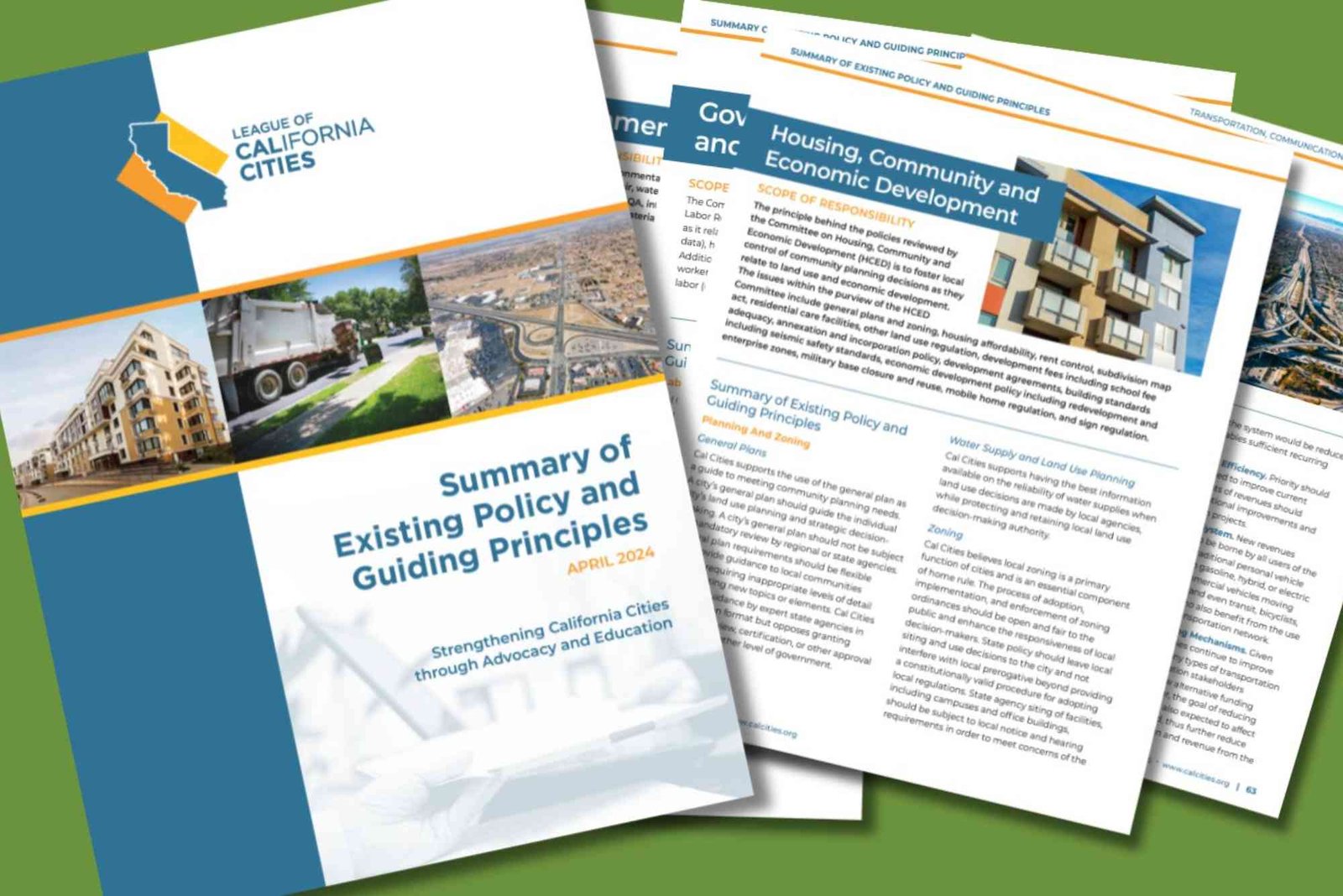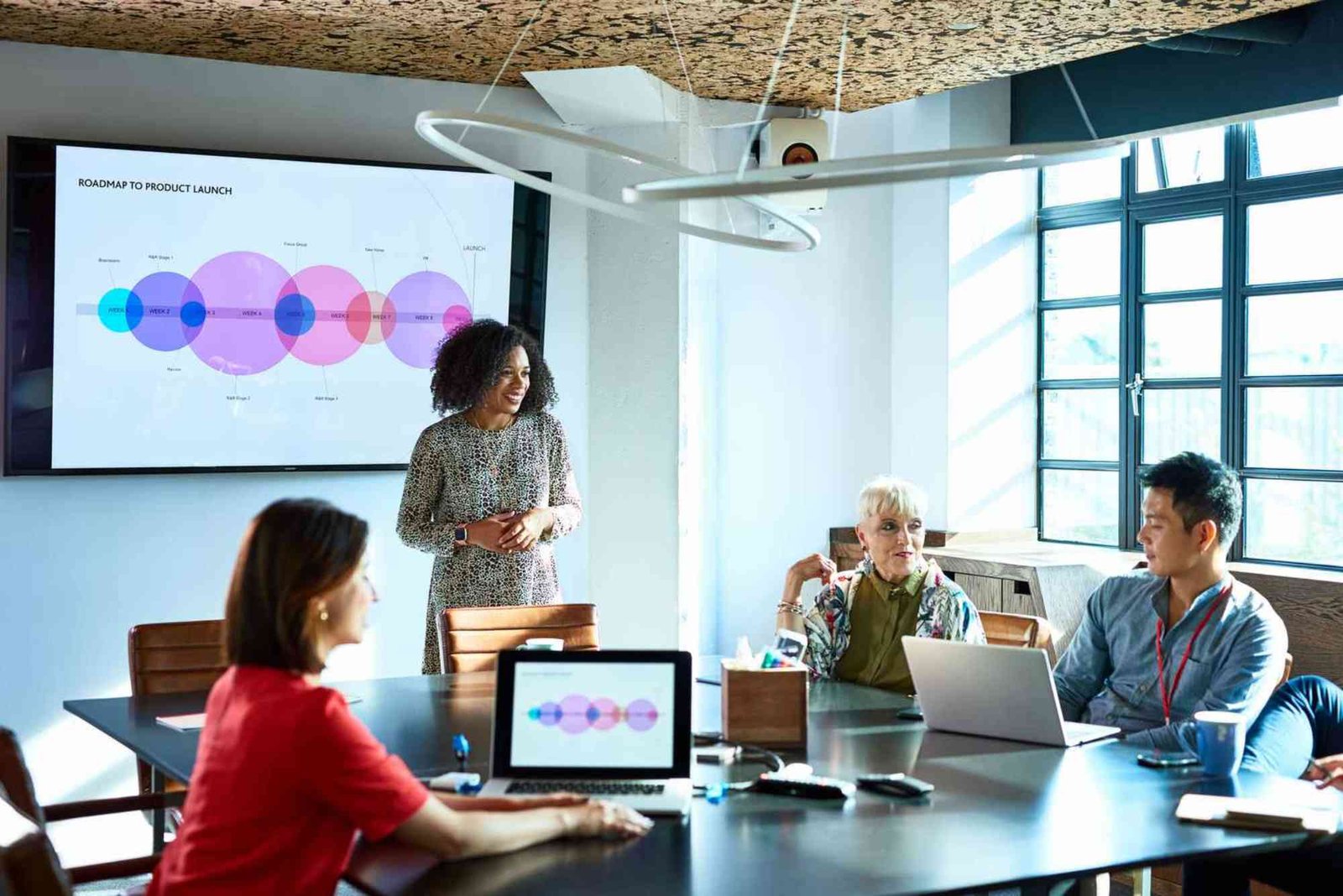In today’s competitive business landscape, underutilized or outdated office spaces are becoming a liability for many companies. As the workplace evolves, businesses are seeking ways to reimagine these spaces to align with modern needs. Redeveloping outdated workplace areas is not just about aesthetics—it’s about tapping into a vital commercial real estate (CRE) alternative. With a well-thought-out strategy, these spaces can become assets that drive employee engagement, operational efficiency, and long-term value for organizations.
Shifting Workplace Dynamics and CRE Opportunities
In recent years, the way companies utilize office spaces has changed drastically. The rise of remote and hybrid work models has created a unique opportunity for businesses to rethink the layout and function of existing properties. With many organizations downsizing or consolidating office spaces, landlords and property managers are left with vacant or outdated offices that no longer fit market demands.
Redeveloping outdated workplace areas presents an opportunity to tap into a vital CRE alternative by transforming these spaces into hubs of innovation and collaboration. Modern employees value flexibility, wellness amenities, and technology-driven environments, making it essential for property owners and tenants to adjust their approach to meet these expectations.
The Impact of Outdated Workspaces on Productivity
Outdated office areas can significantly hinder productivity and employee satisfaction. Poor lighting, inefficient layouts, and outdated infrastructure can negatively impact performance, creativity, and well-being. Employees working in uninspiring environments may experience higher levels of stress, disengagement, and burnout, leading to increased turnover and reduced morale.
By redeveloping outdated workplace areas, companies can create dynamic spaces that promote collaboration, innovation, and well-being. Incorporating modern elements such as open layouts, ergonomic furniture, and smart technologies enhances productivity and creates a positive work culture. This shift not only improves employee retention but also attracts top talent, making it a vital part of any organization’s strategy.
Key Elements to Consider in Redevelopment Projects

When redeveloping outdated workplace areas, it is essential to focus on several core elements to ensure the project taps into a vital CRE alternative:
Flexible Design:
Adaptable workspaces that allow for quick reconfigurations are becoming increasingly important. Modular furniture and movable walls enable businesses to adjust layouts as needed without incurring major renovation costs.
Technology Integration:
Smart office technologies, such as IoT-enabled devices, automated lighting systems, and virtual collaboration tools, are transforming how workplaces function. Seamlessly integrated technology ensures employees remain productive whether working on-site or remotely.
Sustainability and Energy Efficiency:
Green building practices, energy-efficient HVAC systems, and eco-friendly materials are essential components of modern workplace redevelopment. Sustainability initiatives reduce operating costs and align with corporate responsibility goals, adding value to the property.
Employee-Centric Amenities:
Amenities such as wellness rooms, fitness centers, and communal areas foster a healthy work-life balance. Redeveloping outdated workplace areas with these features creates spaces where employees feel valued and motivated.
Optimal Use of Space:
The redevelopment process should focus on eliminating underutilized areas. Incorporating hot-desking, breakout rooms, and shared workspaces maximizes space utilization and promotes collaboration among employees.
Unlocking the Potential of Adaptive Reuse
Adaptive reuse is becoming a popular strategy for property owners seeking to tap into vital CRE alternatives. This approach involves repurposing outdated workplace areas into new spaces, such as coworking hubs, retail spaces, or mixed-use developments. With growing demand for flexible work environments, redeveloping these properties offers a cost-effective way to cater to new market needs while preserving the building’s original structure.
Adaptive reuse projects also provide environmental benefits by reducing the need for new construction and minimizing waste. As sustainability continues to influence real estate decisions, adaptive reuse is emerging as a practical solution that aligns with both business and environmental goals.
Financial and Strategic Benefits of Redeveloping Outdated Workplace Areas
Redeveloping outdated workplace areas can yield significant financial and strategic benefits for businesses and property owners alike. By optimizing the use of real estate assets, companies can reduce operational costs and enhance the overall value of their properties. Redevelopment also enables organizations to leverage modern infrastructure, resulting in lower maintenance expenses and increased energy efficiency.
From a strategic perspective, updating office spaces helps companies align their real estate portfolio with evolving business objectives. Redeveloping outdated workplace areas into modern, agile work environments supports business growth and ensures the property remains competitive in the market. This approach positions companies to attract long-term tenants and maintain strong occupancy rates, even during periods of economic uncertainty.
The Role of CRE Professionals in Workplace Redevelopment
Commercial real estate professionals play a critical role in the success of workplace redevelopment projects. CRE experts provide valuable insights into market trends, tenant preferences, and emerging technologies that influence redevelopment strategies. By collaborating with architects, designers, and facility managers, CRE professionals ensure that the redevelopment process aligns with the client’s goals and budget.
In addition, CRE professionals help property owners navigate zoning regulations, permitting processes, and financing options. Their expertise streamlines the redevelopment journey, minimizing risks and ensuring timely project completion. Redeveloping outdated workplace areas with the guidance of experienced CRE professionals maximizes the potential for long-term success.
Redeveloping outdated workplace areas is more than a design upgrade—it is a strategic investment that unlocks a vital CRE alternative. As the modern workforce evolves, businesses must adapt their office environments to meet new demands and expectations. By focusing on flexible design, technology integration, sustainability, and employee well-being, organizations can create dynamic spaces that drive productivity and engagement.









